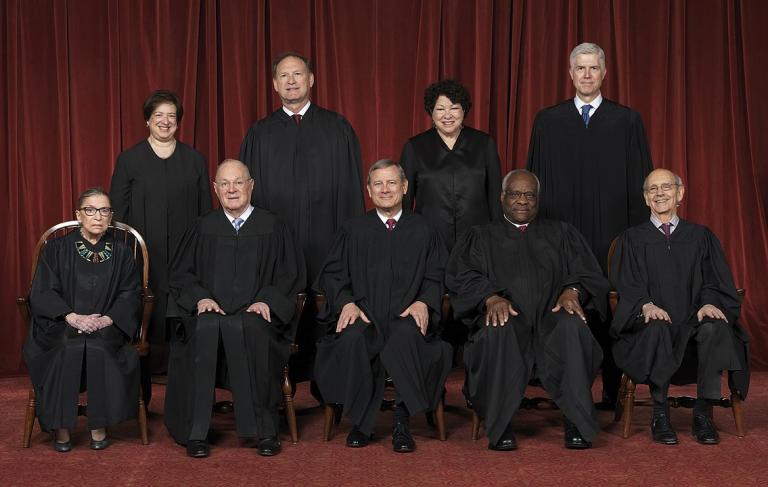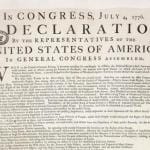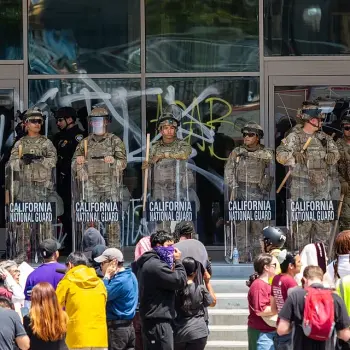The Supreme Court has a 5-4 majority of conservatives. And yet two of the three ground-breaking rulings it has made in recent days–on LGBT rights and abortion–implement the liberal agenda.
This has dismayed many conservatives, who had hoped for better from a court with two justices nominated by Donald Trump, one of whom wrote the opinion that added sexual orientation and gender identity to the Civil Rights law.
These rulings are indeed problematic, but we need to realize that the deeper issue has to do with the legal theories that the justices hold to. Notice that the four “liberal” judges are nearly always predictable in the way they will rule on a case. Liberal legal theory quite openly holds that laws should be interpreted according to the changing needs of society, which they construe in a progressive direction.
Conservative judges, though, are not so predictable. Conservative legal theory holds that laws need to be interpreted and applied according to their “original” or “textual” meaning. Conservative judges, unlike liberal judges, resist “making laws,” which they consider to be the role of legislators. In their conservatism, they also tend to have a high respect for “precedent,” for upholding previous court rulings. This means that conservative judges may well uphold “liberal” laws.
Nevertheless, questions arise about how these justices applied their conservative legal theory. Here is how all this played out in the three recent cases. . . .
In Bostock v. Clayton County, the court ruled that sexual orientation and gender identity must be added to the protected categories of “race, color, religion, sex, or national origin” specified in Title VII of the Civil Rights Act of 1964, which forbids employment discrimination on these grounds. It will now be illegal for an employer to fire someone for being homosexual or for “transitioning” from one gender identity to another. How that will impact churches and religious institutions will have to be litigated.
The vote on the court was 6-3, with two “conservative” justices, John Roberts and Neil Gorsuch, joining the four liberals. (Brett Kavanaugh, Samuel Alito, and Clarence Thomas dissented.)
Justice Gorsuch wrote the opinion, and here is how his legal theory gets tangled up. He is known as a “textualist”; that is, the law must be interpreted according to the meaning of its words. He said that the Civil Rights bill forbids discrimination on the basis of “sex.” Therefore, homosexuals and transexuals must be included in that word.
But in 1964 the word “sex” was included to protect discrimination against women. It was understood that there were two sexes: male and female. Being homosexual is not a “sex.” Yes, we use the word for the biological distinction as a euphemism for copulation. But when a man wants to “have sex” with another man, they are both, by definition, men. Similarly, being “transexual” is not a “sex.” Feminists had always impressed upon us the difference between “sex,” which is biological, and “gender,” which is cultural. Such a distinction is problematic too, but it points to a real difference in meaning. A man who wants to identify as a woman by dressing up and acting like one or even by getting surgery and taking hormones is changing “gender identity,” not sex.
Here, Justice Gorsuch’s “textualism” does not take into account the “original” meaning and intent of the word–which is why the “originalist” legal theory is more conservative–nor does it take into account the semantic drift of words and how they can acquire new and different meanings.
In June Medical Services v. Russo, the court overturned a Louisiana law that required abortionists to have admitting privileges at a local hospital. The court ruled that such laws put too great a burden on a woman’s right to an abortion.
This time the vote was 5-4, with Chief Justice Roberts joining the four liberal judges. Why did he do that? In his concurring opinion, he wrote that he was following “precedent.” This, even though in a nearly identical case he voted against it!
In Espinoza v. Montana Department of Revenue, the court ruled that if a state gives funding to private schools, it must also give aid to private schools that are religious or church related. This ruling upholds school choice programs and is a big win for Christian schools.
This time, the vote was 5-4, with the conservative block voting as expected, with Justice Roberts writing the majority opinion.
So what can we conclude about the “Trump Court”? Clearly, its rulings will not necessarily be what liberals feared or what conservatives hoped for. Judging from its record so far, the court is very friendly to religious liberty issues. But it is also friendly to LGBT issues and to the “right” to an abortion. Since Chief Justice Roberts is so hesitant to make new and controversial rulings–another conservative trait–I don’t think we can expect this court to overturn Roe v. Wade. As for other issues, such as immigration, this court sometimes rules in one direction and sometimes in the other.
If conservatives want to have an impact, they need to focus their efforts on legislation. Instead of putting their hope in the courts or in the chief executive, they need to elect Senators and Congressmen who will revitalize the Legislative Branch so that it can actually pass good laws. Of course they will need courts that will not overturn those laws and a president who will not veto them, but conservatives need to make lawmaking a priority.
Photo: U.S. Supreme Court, 2020, by Franz Jantzen, Collection of the Supreme Court of the United States – Collection of the Supreme Court of the United States, Domínio público, https://commons.wikimedia.org/w/index.php?curid=60924631 via Wikimedia Commons












